Fake vs. Real Christmas Trees: The Great Pacific Northwest Debate
Fake vs. Real Christmas Trees: The Great Pacific Northwest Debate
Remember my post about when to put up your Christmas tree? The one that sparked 43 passionate comments on Nextdoor and had neighbors debating like it was a city council meeting? Well, buckle up, because we're diving into an even MORE divisive holiday topic: Fake vs. Real Christmas Trees.
This isn't just about pine needles vs. plastic branches. This is about tradition vs. convenience, sustainability vs. practicality, and yes—even Vancouver, WA vs. Portland politics (because of course it is). And since we live in the Pacific Northwest, where Christmas trees are literally growing in our backyard, this debate hits different here than anywhere else in the country.
So grab your peppermint mocha, settle into your favorite chair, and let's talk about the Christmas tree debate that's dividing families, splitting neighborhoods, and making people question their entire holiday identity.
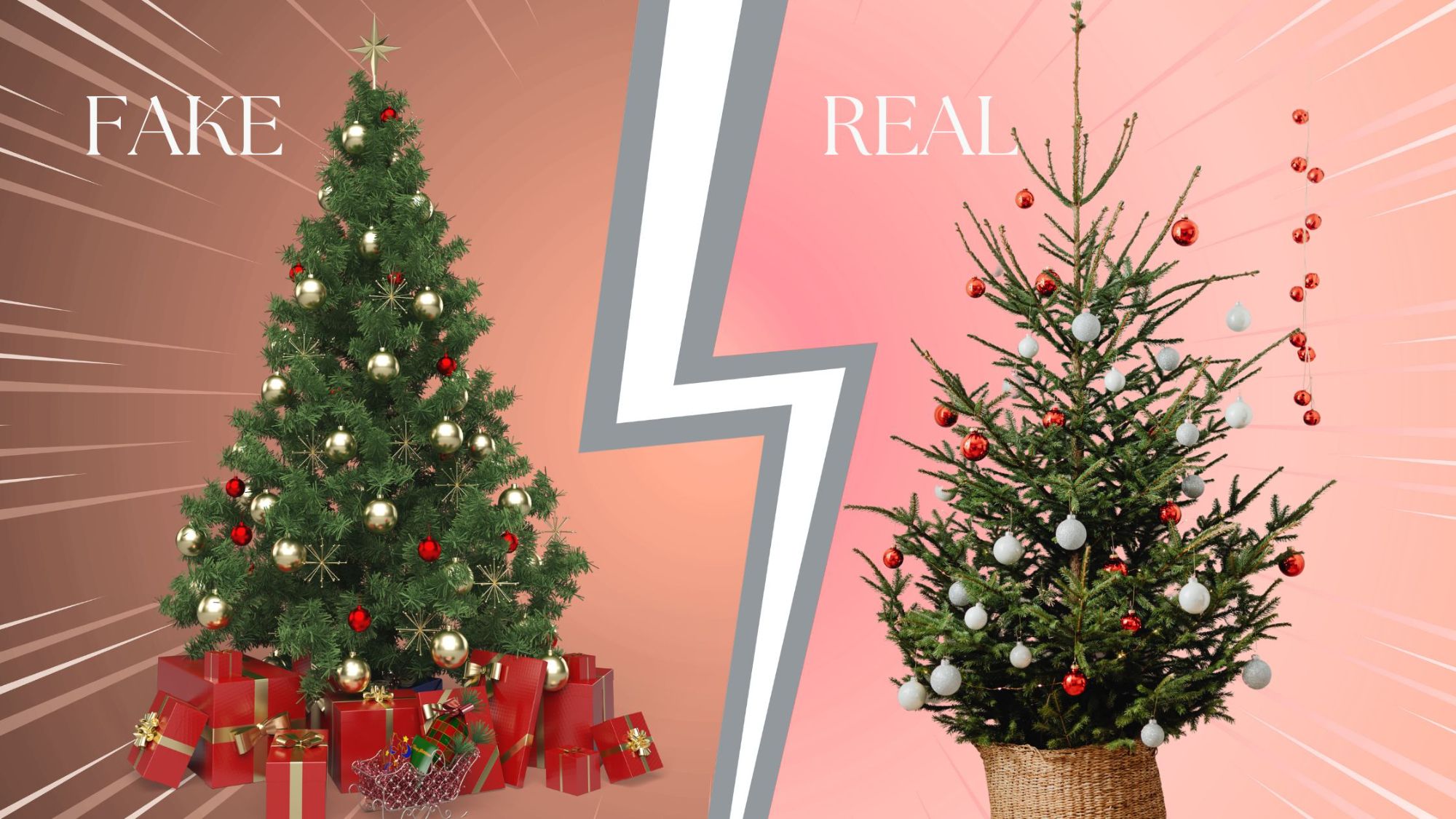
A Little Context: Why This Matters in SW Washington
Before we dive into Team Real vs. Team Fake, let's talk about why this debate is uniquely personal here in Clark County and Portland Metro.
Fun fact: Oregon and Washington are the #1 and #2 Christmas tree-producing states in the entire nation. We're not just talking about Christmas trees here—we're talking about a $250+ million industry that supports thousands of local jobs, from tree farms to Boy Scout fundraisers.
When you drive down any backroad in Clark County, you'll see Christmas tree farms. Noble fir, Douglas fir, Grand fir—they're everywhere. This isn't just commerce; it's part of our identity. So when someone in Vancouver says they're buying a fake tree, it can feel like... well, let's just say people have opinions.
But here's the thing: both sides have legitimate points. And after researching this topic (yes, I went deep), I'm here to present both cases fairly—then tell you where I stand. Because you know I'm going to.
Team Real Christmas Tree: The Traditionalists
Let's start with the real-tree advocates. These are the folks who won't even consider a fake tree. To them, Christmas isn't Christmas without the smell of fresh pine, the sticky sap on their hands, and the inevitable pine needle explosion that happens when you shimmy the tree through your front door.
Why They Swear By Real Trees:
1. The Experience
"It's not just about the tree—it's about the tradition," my neighbor told me last week while cutting down her tree on Mount Adams. And she's right. There's something magical about the whole ritual:
- Piling the family in the car
- Driving up to the mountains (often with a $5 permit from the Gifford Pinchot National Forest)
- Trudging through the snow
- The kids arguing over which tree is "the one"
- That moment when you finally cut it down and drag it back to your car
It's a memory-making machine. And honestly? You can't replicate that with a box from Costco.
2. The Smell
Let's be honest: nothing says Christmas like the smell of a fresh evergreen tree. Candles try. Those little car air fresheners shaped like trees try. But they all fail miserably. Real tree people will tell you that the scent is non-negotiable—it's literally what makes their home feel like Christmas.
3. Supporting Local Economy
Here's where the Pacific Northwest pride kicks in. Buying a real tree from a local farm or cutting your own supports:
- Local Christmas tree farms (family businesses that have been here for generations)
- Boy Scout troops (many run Christmas tree lots as their primary fundraiser)
- The U.S. Forest Service (those $5 permits fund forest management)
- Regional jobs and economy
When you buy a fake tree shipped from China, that money leaves the community. When you buy from a local tree farm or Boy Scout lot, you're investing in your neighbors.
4. The Environmental Argument (Yes, Really)
This surprises people, but real trees can actually be more eco-friendly than artificial ones. Here's the science:
Real Tree Carbon Footprint:
- Average carbon footprint: 3.5 kg of CO2 (if composted or chipped)
- Trees absorb CO2 while growing (about 2 tonnes per hectare)
- Provide oxygen for 44 people per hectare while alive
- 100% biodegradable and recyclable
- Sources: Carbon Trust, University of Sheffield, Nature Conservancy
Artificial Tree Carbon Footprint:
- Average carbon footprint: 40 kg of CO2 for production
- Made from petroleum-based PVC (non-biodegradable)
- 90% manufactured in China and shipped globally
- Must be reused 12+ years to match real tree's eco-friendliness
- End up in landfills (not recyclable)
- Sources: Carbon Trust, Earth.org, One Tree Planted
Mind. Blown. Right?
5. It's Sustainable Agriculture
Christmas tree farming is a rotating crop system. For every tree harvested, 1-3 seedlings are planted. It's not deforestation—it's sustainable forestry. These farms also:
- Prevent development on hillsides unsuitable for other agriculture
- Provide wildlife habitat
- Stabilize soil and prevent erosion
- Filter air pollution and particulate matter
6. The Pacific Northwest Perks
Living here, we have ridiculous advantages:
- $5 cutting permits on Mount Adams, Mount St. Helens, and throughout Gifford Pinchot National Forest (Recreation.gov - note: $2.50 online processing fee applies)
- FREE permits for families with 4th graders (Every Kid Outdoors program at everykidoutdoors.gov)
- Dozens of local Boy Scout troops selling trees as fundraisers (Troop 479, Troop 14, Troop 554 in our area)
- U-cut farms within 30 minutes of Vancouver
- Fresh trees for $30-60 vs. $200-500 for quality fake trees
Note: Permit prices and availability can change seasonally. Always check the U.S. Forest Service website or call your local ranger district before heading out.
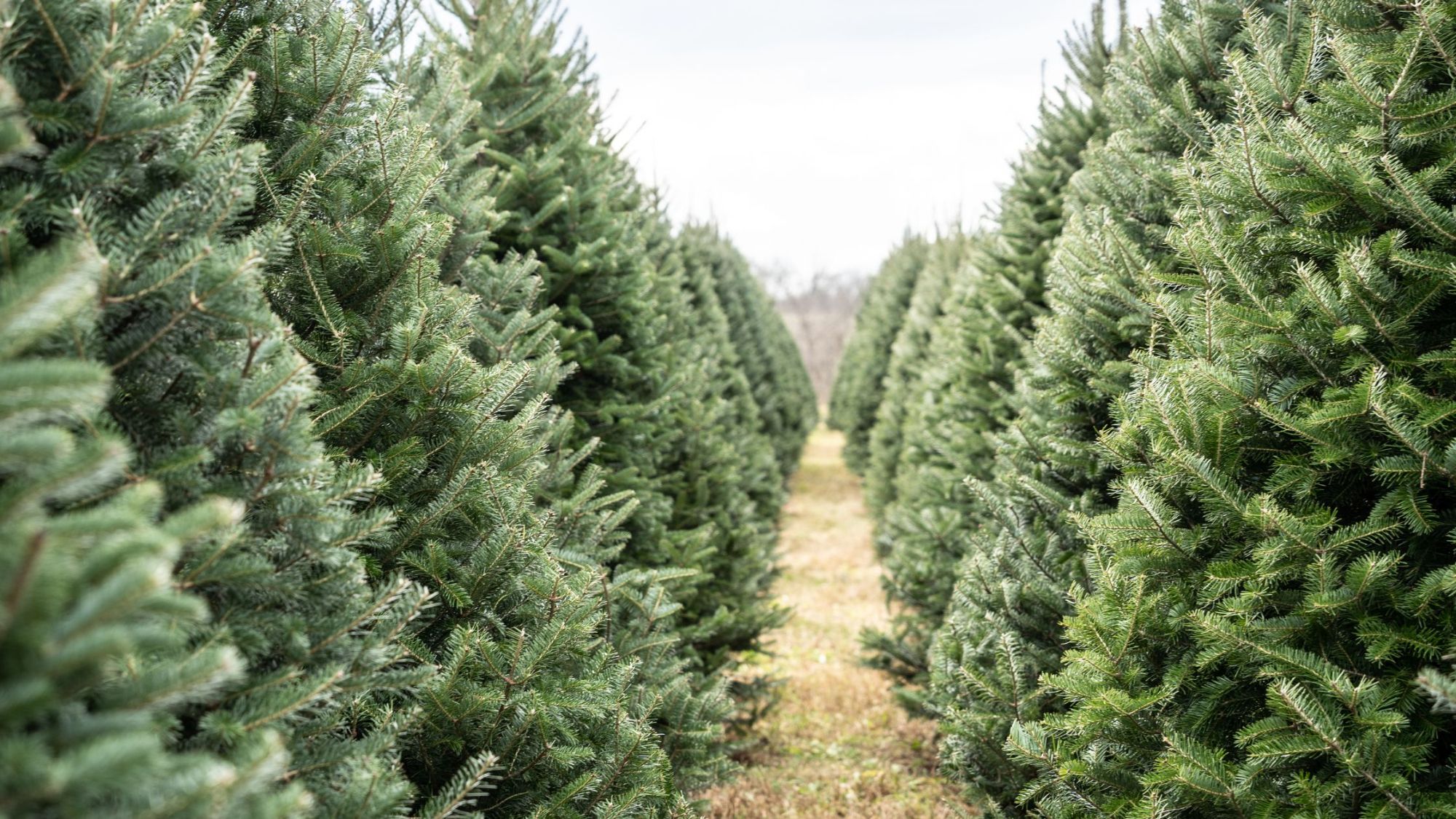
The Real Tree Challenges:
Let's be honest—real trees aren't perfect:
- Pine needle chaos - They're everywhere. In your carpet. In your socks. In places you didn't know needles could reach.
- Watering duty - Forget to water it, and you've got a fire hazard.
- Short lifespan - 4-6 weeks, then it's done.
- Disposal hassle - You need to get it out of your house (though Boy Scouts do recycling pickup in many Vancouver neighborhoods!)
- Allergies - Some people are genuinely allergic to fresh trees.
- Cost adds up - Buying a new tree every year for 20 years = $600-$1,200 total.
Team Fake Christmas Tree: The Pragmatists
Now let's hear from Team Fake. These folks are often unfairly judged as "not festive enough" or "killing tradition," but they have rock-solid arguments that deserve respect.
Why They Choose Artificial Trees:
1. Convenience Wins
Look, life is busy. Between work, kids' activities, holiday shopping, and everything else on your plate in December, do you really want to add "trek to the mountains to cut down a tree" to your to-do list?
Fake tree people value their time. They pull a box out of storage, assemble it in 30 minutes, and they're done. No needles to vacuum. No daily watering. No disposal. Just plug it in and enjoy.
2. Long-Term Cost Savings
A quality artificial tree costs $200-500 upfront, but if you use it for 10+ years, the math works out:
- Fake tree: $300 ÷ 10 years = $30/year
- Real tree: $50-80/year x 10 years = $500-800
Plus, no gas money for trips to the farm or mountains, no cutting permit, no tree disposal fees.
3. Perfect Every Time
Artificial trees don't have:
- Bare spots
- Crooked trunks
- Uneven branches
- That weird gap you can't hide no matter how you rotate it
They're symmetrical, full, and Instagram-ready out of the box. For people who value aesthetics (or just don't want to argue with their spouse about whether the tree is "straight enough"), this matters.
4. Allergy-Friendly
This is a legitimate health concern. Some people have severe allergies to:
- Pine/fir/spruce pollen
- Mold spores (which can grow on real trees)
- Tree sap
For these families, a fake tree isn't about convenience—it's about not spending Christmas wheezing and sneezing.
5. Safety Features
Many modern artificial trees come with:
- Built-in lights (no more tangled strand nightmares)
- Fire-resistant materials
- Flame-retardant coatings
- Stability features for homes with pets or small children
Real trees, if not properly watered, are legitimate fire hazards. Fake trees reduce this risk significantly.
6. Variety and Customization
Want a white Christmas tree? A black one? One with built-in color-changing LED lights? A 12-foot tree that touches your vaulted ceiling?
Artificial trees come in every size, color, and style imaginable. Real trees... are green. And whatever height you can find/cut.
The Fake Tree Challenges:
But artificial trees have their downsides too:
- No smell - And let's be real, that "pine-scented" spray from Target isn't fooling anyone.
- Initial cost - $200-500 upfront vs. $50-80 for a real tree.
- Storage nightmare - Where do you keep an 8-foot fake tree for 11 months?
- Environmental impact - Even reused for 20 years, they eventually end up in landfills.
- Lacks tradition - No family outing, no memories being made.
- Made overseas - 90% manufactured in China (economic impact stays overseas).
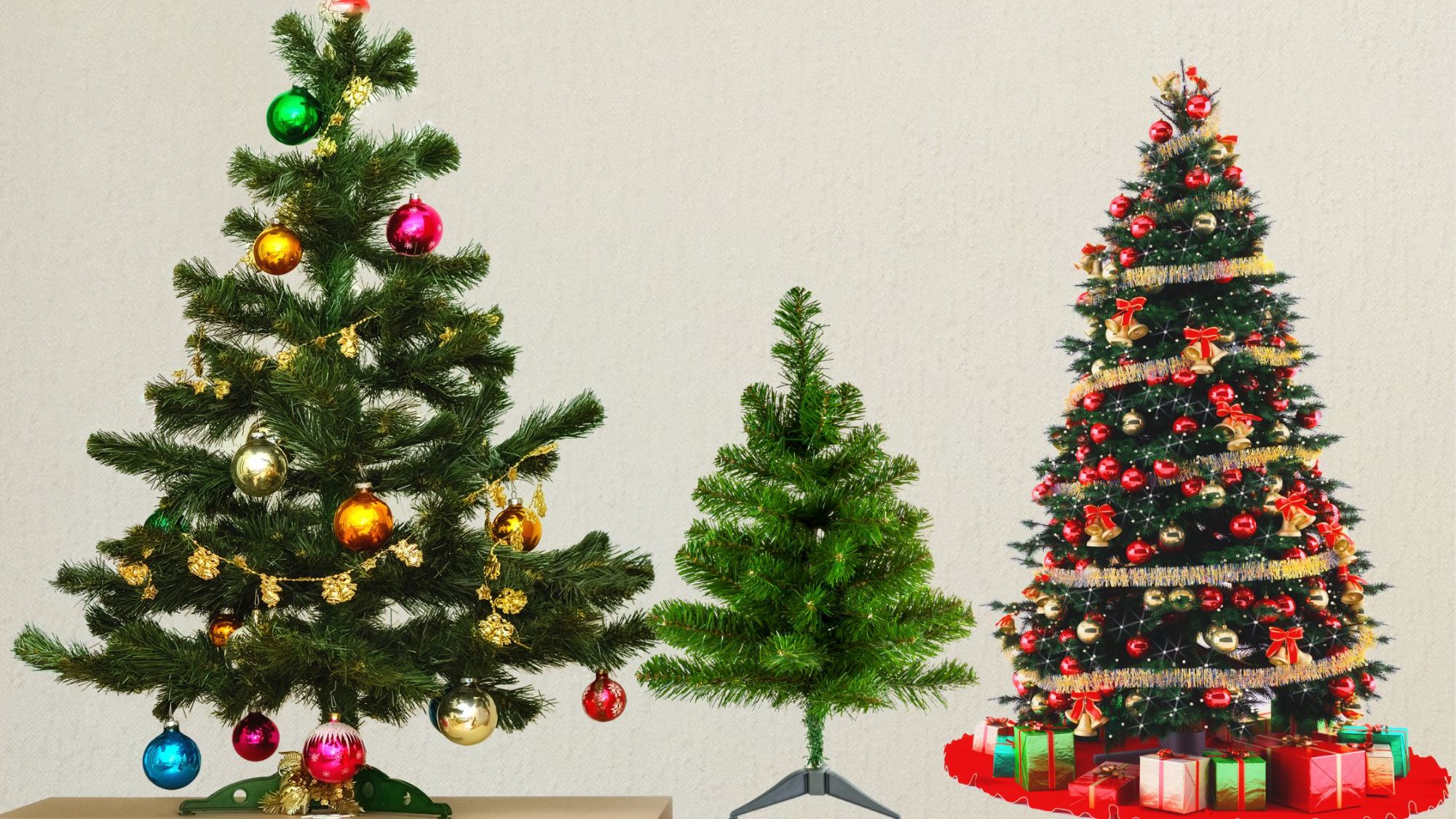
The Third Option: Potted/Living Trees
Before we get to my verdict, let's talk about the dark horse in this race: potted Christmas trees.
These are real trees that stay alive in a pot, which you can:
- Keep on your patio year-round
- Bring inside for Christmas
- Replant in your yard after the holidays
- Reuse every year
The Pros:
- Most sustainable option (tree keeps absorbing CO2 forever)
- Can be reused indefinitely
- Supports local nurseries
- Smells like a real tree
- Zero waste
The Cons:
- Heavy and awkward to move
- Limited time indoors (7-10 days max to avoid shocking the tree)
- Requires outdoor space to store
- More expensive upfront ($80-150)
- Not ideal for renters or apartment dwellers
Verdict: Great option if you own a home with yard space and you're willing to do the work.
So... Which Side Am I On?
Alright, you've been patient. Time for my take.
I'm Team Real Tree. But hear me out—it's not because I think fake trees are "wrong."
Here's why I choose real:
1. We Live in Christmas Tree Country
I can drive 20 minutes and cut my own tree for $5. I can support a local Boy Scout troop and get a fresh Noble fir for $60. I'd feel weird NOT taking advantage of living in the Christmas tree capital of America.
It's like living in Vermont and buying fake maple syrup. Or living in Florida and buying orange juice from China. You're literally surrounded by the real thing!
2. The Experience Matters to Me
I genuinely love the ritual. The drive up to Mount Adams, the snow crunching under my boots, the debate over which tree is "too Charlie Brown" and which is "too perfect to cut down." These are memories I want to keep making.
Yes, it's inconvenient. Yes, I'll vacuum pine needles until February. But to me, that's part of Christmas.
3. Supporting Local Matters
When I buy from a Boy Scout lot or a local tree farm, I'm putting money directly into my community. That means something to me as a real estate agent who lives and works here.
Plus, many Boy Scout troops rely on Christmas tree sales as their primary fundraiser for summer camps, equipment, and activities. I want to support that.
4. The Environmental Case Convinced Me
I was honestly shocked when I researched the carbon footprint data. I assumed fake trees were more eco-friendly because they're reusable. But the science is clear: unless you keep a fake tree for 12-20 years (and most people don't), the real tree wins environmentally—especially if you recycle it properly.
And here in Vancouver, recycling is EASY. Boy Scouts pick up trees for free in January as another fundraiser. Waste Connections offers yard debris pickup. Multiple drop-off locations exist. There's no excuse.
5. It Just Feels Like Christmas to Me
Call me sentimental, but Christmas needs to smell like pine. It needs to feel a little chaotic. It needs some tradition and imperfection.
A fake tree is lovely, practical, and perfectly fine. But it doesn't give me that same Christmas feeling.
When Fake Trees Make Total Sense
That said, I completely understand why people choose artificial trees. Here are scenarios where I'd probably go fake too:
1. Health Issues If you or your kids have severe allergies, a fake tree isn't a preference—it's a necessity. No judgment here.
2. Super Busy Schedule If you're working 60-hour weeks in December, traveling for the holidays, or dealing with a major life event, a fake tree saves precious time and energy.
3. High-Rise or Apartment Living If you're renting a small apartment in downtown Portland with no car and no storage space, a fake tree (or no tree) makes way more sense.
4. Long-Term Financial Priorities If you're saving aggressively for a house, paying off debt, or dealing with financial stress, spending $300 once on a fake tree beats $60/year on real trees.
5. You Already Own One If you already have a fake tree you love, KEEP USING IT. The most sustainable tree is the one you already own. Don't ditch a perfectly good fake tree just because someone (me) wrote a blog post about real trees.
The Bottom Line: Choose What Works for YOU
Here's the truth: whether you choose real or fake, your Christmas tree choice is a tiny blip in your overall environmental and financial impact.
Flying across the country for the holidays? That's a way bigger carbon footprint than any tree.
Buying tons of gifts wrapped in non-recyclable paper? Bigger impact than your tree choice.
Driving a gas-guzzler year-round? WAY bigger impact.
So let's keep perspective here. Your tree matters, but it's not make-or-break for the planet or your budget.
My advice:
- Choose real if: You value tradition, live near tree farms, want to support local economy, and don't mind the mess.
- Choose fake if: You prioritize convenience, have health concerns, want long-term cost savings, and will use it for 10+ years.
- Choose potted if: You own a home, have outdoor space, and want the most sustainable option.
- Choose nothing if: You're traveling, minimalist, or just not feeling it this year—and that's okay too!
Local Resources for Real Tree Lovers
If I've convinced you to try a real tree (or if you're already Team Real), here are your local options:
Cut Your Own ($5 Permit Required):
- Gifford Pinchot National Forest (Mount Adams, Mount St. Helens)
- Permits available at ranger stations or Recreation.gov
- FREE for families with 4th graders (Every Kid Outdoors)
Buy from Boy Scout Troops:
- Troop 479/5479 - Chase Bank, 200 NE 78th St & Hazel Dell Ave, Vancouver
- Troop 14 - Salmon Creek/Ridgefield area
- Troop 554 - Various Vancouver locations
- Check scouttreerecycling.com for locations
Local Tree Farms:
- Search "Christmas tree farms near me" for dozens of U-cut and pre-cut options within 30 minutes of Vancouver
Tree Recycling (January):
- Boy Scouts pick up trees for free (donations appreciated)
- Waste Connections yard debris collection
- Drop-off at Central Transfer Station, 11034 NE 117th Ave, Vancouver
Your Turn: Weigh In!
Alright, I've laid out my case. Now it's your turn.
Are you Team Real or Team Fake?
Drop a comment below or share your thoughts on Nextdoor—because if my last Christmas tree post is any indication, this is about to get heated.
And if you're reading this thinking, "Why is a real estate agent writing about Christmas trees?"—fair question. But here's the thing: helping people feel at home in Southwest Washington means understanding what makes this place special. And Christmas trees? They're a HUGE part of our local identity.
Whether you're moving here from out of state and discovering tree-cutting permits for the first time, or you're a lifelong local who's been buying from the same Boy Scout troop for 20 years, I want to help you love where you live.
Ready to make Southwest Washington your home? Whether you're looking for a house with space for a 12-foot tree or a cozy condo where a tabletop tree makes more sense, I'm here to help.
Sign up for my monthly newsletter to receive expert advice, important local updates, and insider knowledge on the best ways to thrive in this unique region. Whether you're buying, selling, or simply curious about life in the Pacific Northwest, I've got you covered.
👉 Join my newsletter today and never miss a beat! Just enter your email below and get exclusive access to all things Southwest Washington. Let’s stay connected!

REALTOR® · REAL Broker · Licensed in WA & OR
⭐ 5.0 Rating | 47 Google Reviews | 109 Homes Sold | $58.8M in Sales
Categories
Recent Posts
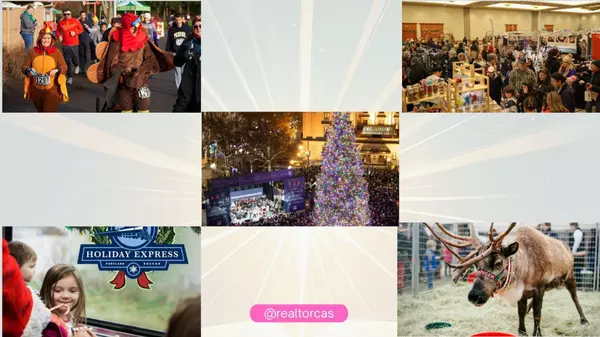
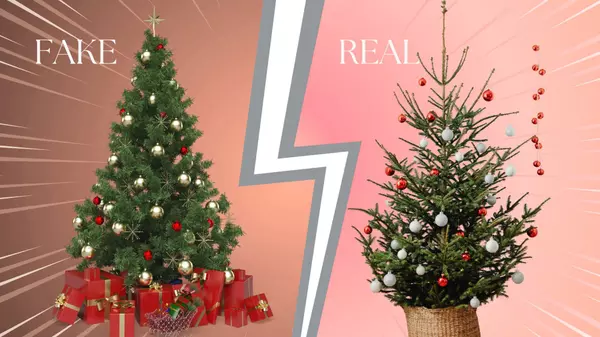
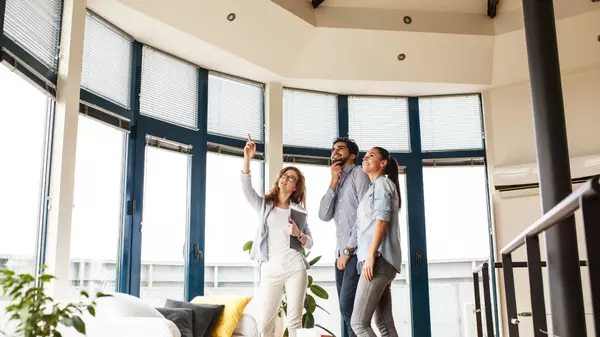
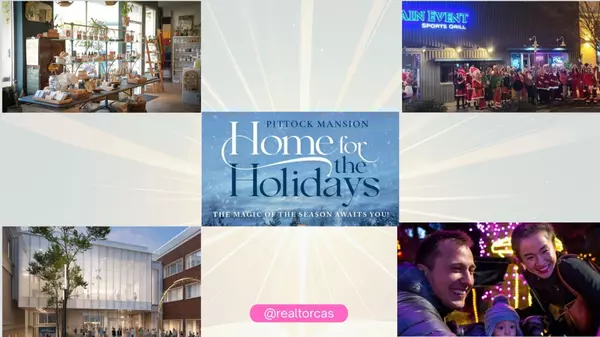
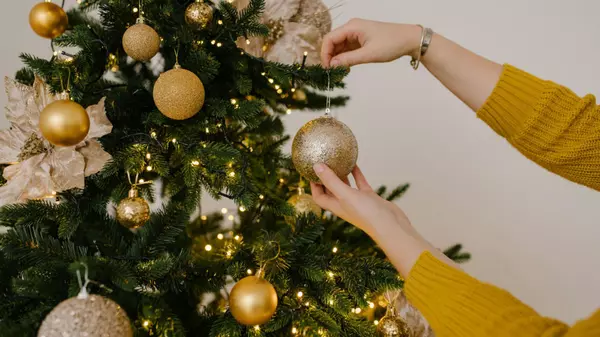
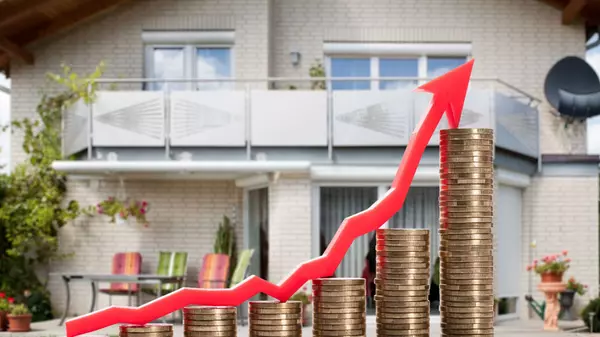




GET MORE INFORMATION

Cassandra Marks
Realtor, Licensed in OR & WA | License ID: 201225764
Realtor, Licensed in OR & WA License ID: 201225764
